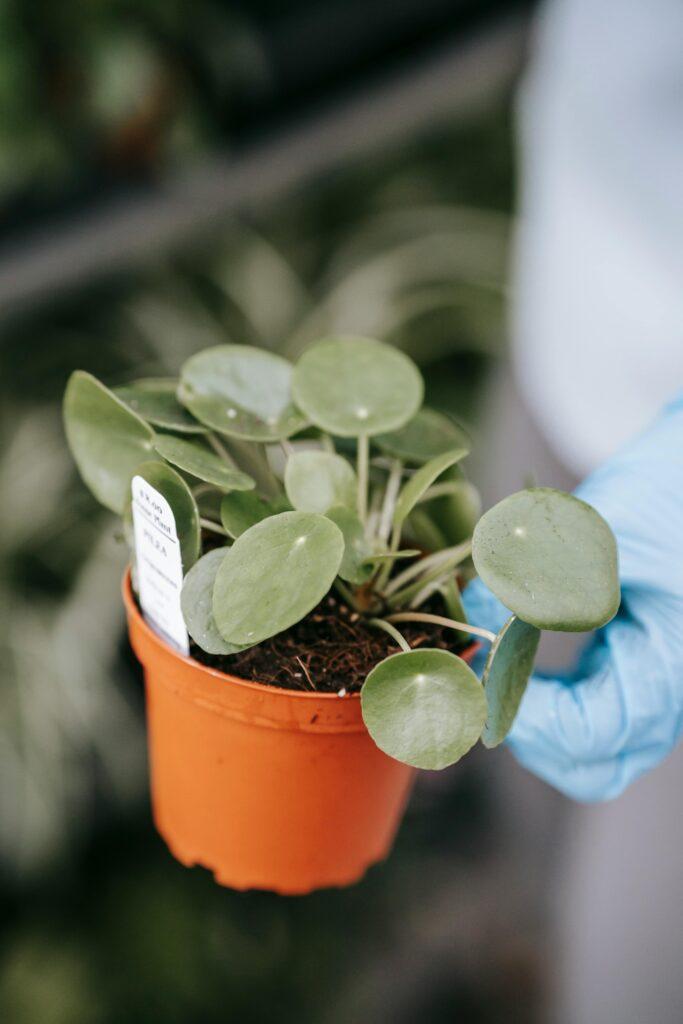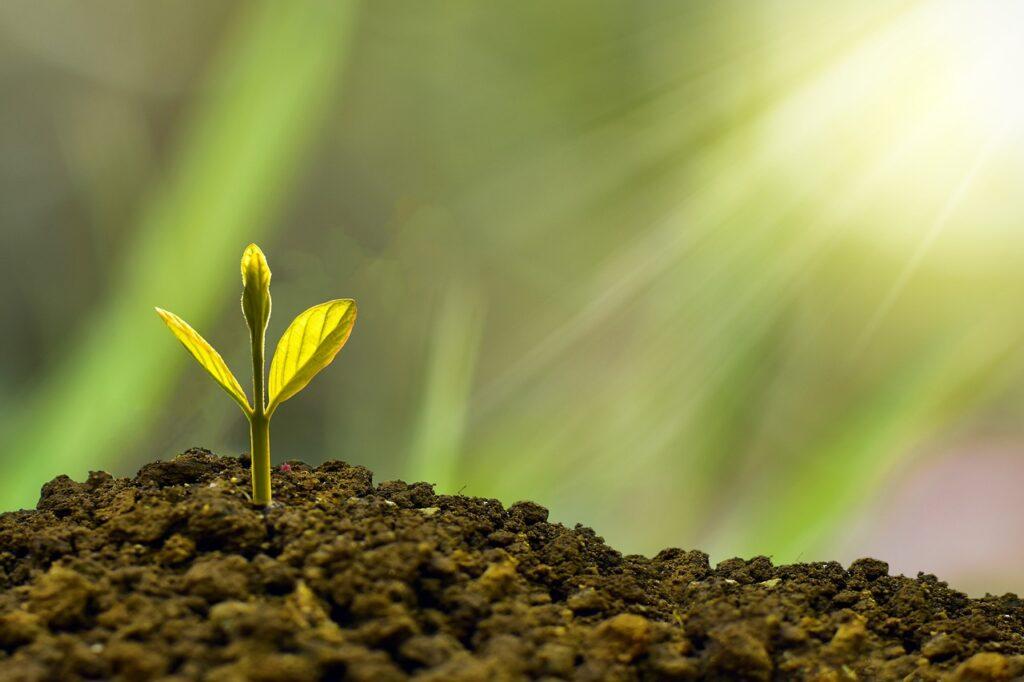Money trees, scientifically known as Pachira aquatica, have gained popularity as indoor plants not only for their aesthetic appeal but also for the belief that they bring good fortune and prosperity. With their braided trunks and glossy green leaves, these plants can thrive indoors with the right care and attention. Whether you’re a seasoned plant enthusiast or a beginner looking to add some greenery to your space, this ultimate guide to money tree care will help you nurture your own wealth of foliage.
Understanding Your Money Tree
Before diving into care instructions, it’s essential to understand the basic needs and characteristics of your money tree. Native to Central and South American wetlands, money trees prefer indirect sunlight and high humidity. They can grow up to six feet tall indoors and are known for their resilient nature, making them ideal for indoor environments.
Light Requirements: Money trees, like their symbolic connection to wealth, prefer bright, indirect sunlight. Imagine them basking in the dappled light filtering through a rainforest canopy. A south-facing window with sheer curtains provides the perfect environment. Conversely, too little light can lead to leggy growth and sparse foliage. If your space lacks natural light, consider supplementing with artificial grow lights, ensuring they’re not too intense.
Watering Wisdom: Finding the Balance

Money trees thrive on consistent moisture, but not soggy soil. Overwatering is a common houseplant killer. The key is to find the watering sweet spot. Here’s how:
Weight Check: As you get familiar with your plant’s needs, lifting the pot can be a good indicator. A dry pot will feel lighter than a recently watered one.
Aim to water deeply until water drains from the drainage holes. Remember, it’s better to be underwater slightly than overwater.
Humidity and Temperature: Money trees thrive in humid environments, so it’s beneficial to increase humidity levels, especially during dry winter months or in centrally heated rooms. You can achieve this by misting the leaves regularly or placing the pot on a tray filled with pebbles and water. Aim to maintain temperatures between 65°F to 75°F (18°C to 24°C) year-round, avoiding sudden temperature fluctuations.
Soil and Repotting: Use a well-draining, peat-based potting mix for your money tree. Repot young plants annually in the spring to refresh the soil and provide room for growth. Mature plants can be repotted every two to three years or when they outgrow their current container. Choose a pot that’s one size larger than the current one, ensuring it has drainage holes.
Pruning and Maintenance: Regular pruning helps maintain the shape and health of your money tree. Remove any dead or yellowing leaves, as well as any overcrowded or leggy growth. Pruning and maintenance are essential aspects of caring for money trees (Pachira aquatica) to ensure they remain healthy, vibrant, and visually appealing. Here’s a detailed guide on how to properly prune and maintain your money tree:

Inspect Regularly: Begin by regularly inspecting your money tree for any signs of damage, disease, or pest infestation. Look for dead or yellowing leaves, leggy growth, or any unusual spots or markings on the foliage.
Tools: Gather the necessary tools for pruning, including clean and sharp pruning shears or scissors. Ensure that your tools are sanitised to prevent the spread of diseases between plants.
Dead or Damaged Leaves: Carefully remove any dead, yellowing, or damaged leaves by snipping them off at the base where they meet the stem. Use sharp scissors or pruning shears to make clean cuts, ensuring minimal stress to the plant.
Thinning Out: If your money tree has become overcrowded or leggy, consider thinning out the foliage to improve airflow and promote healthy growth. Remove any excessively dense or tangled branches or foliage to maintain an open and balanced appearance.
Shaping: Money trees can be pruned to control their size and shape. If your plant is growing unevenly or has developed unwanted branches, selectively prune to achieve the desired shape.
Moneyn Plants Propagation:

Pruning also provides an opportunity for propagation. If you want to propagate new money trees, you can take stem cuttings from healthy branches and root them in water or moist potting soil.
Timing: While minor pruning can be done throughout the year as needed, it’s best to avoid heavy pruning during periods of active growth. Opt for pruning during the plant’s dormant season or in early spring before new growth begins.
Maintenance: In addition to pruning, proper maintenance practices are crucial for the overall health of your money tree. Ensure that your plant is receiving adequate light, water, and humidity according to its needs.
Pest Control: As part of maintenance, keep an eye out for common pests such as spider mites, scale insects, and mealybugs. If you notice any signs of pest infestation, take prompt action to treat the affected areas with appropriate insecticides or natural remedies.
Regular Care: Finally, consistent care and attention are key to keeping your money tree thriving. Provide regular fertilisation during the growing season, repot as needed to refresh the soil and provide room for growth, and maintain a clean environment to minimise the risk of pests and diseases.
By following these pruning and maintenance guidelines, you can help your money tree stay healthy, vigorous, and visually appealing for years to come.
Fertilising Routine
Feed your money tree with a balanced liquid fertiliser diluted to half strength every two to four weeks during the growing season (spring and summer). Reduce feeding frequency to once a month or every six weeks during the fall and winter when growth slows down. Avoid over-fertilizing, as it can lead to fertiliser burn and other issues.
Pest Control:
While money trees are relatively pest-resistant, they can occasionally attract pests like spider mites, scale insects, and mealybugs. Keep an eye out for any signs of infestation, such as webbing, sticky residue, or visible insects. Treat infestations promptly with insecticidal soap or neem oil, ensuring thorough coverage of the affected areas.
Propagation: Multiplying Your Money Tree
Money trees can be easily propagated by stem cuttings. Here’s how:
- Take a healthy stem cutting with at least a few nodes (leaf junctions) in the spring or summer.
- Remove the lower leaves and dip the cut end in rooting hormone (optional).
- Plant the cutting in a pot with a well-draining potting mix, keeping the soil consistently moist but not soggy.
- Place the pot in a warm location with indirect sunlight and cover it with a clear plastic bag to maintain humidity.
- After a few weeks, new growth should appear. Remove the plastic bag and continue caring for your new money tree as usual.
Common Problems and Solutions:
Yellowing leaves: Overwatering or underwatering, as well as inadequate light, can cause yellowing leaves. Adjust your watering routine and ensure proper light exposure.
Leaf drop: Sudden changes in temperature, drafts, or stress can cause leaf drop. Maintain stable conditions and avoid moving the plant frequently.
Brown tips on leaves: Dry air or inconsistent watering can lead to brown tips on leaves. Increase humidity levels and ensure proper watering practices.
Conclusion
With the right care and attention, your money tree can thrive indoors, adding beauty and greenery to your space while symbolising prosperity and good fortune. By following this ultimate guide to money tree care, you’ll be well-equipped to nurture your own wealth of foliage and enjoy the rewards of a flourishing plant companion.

